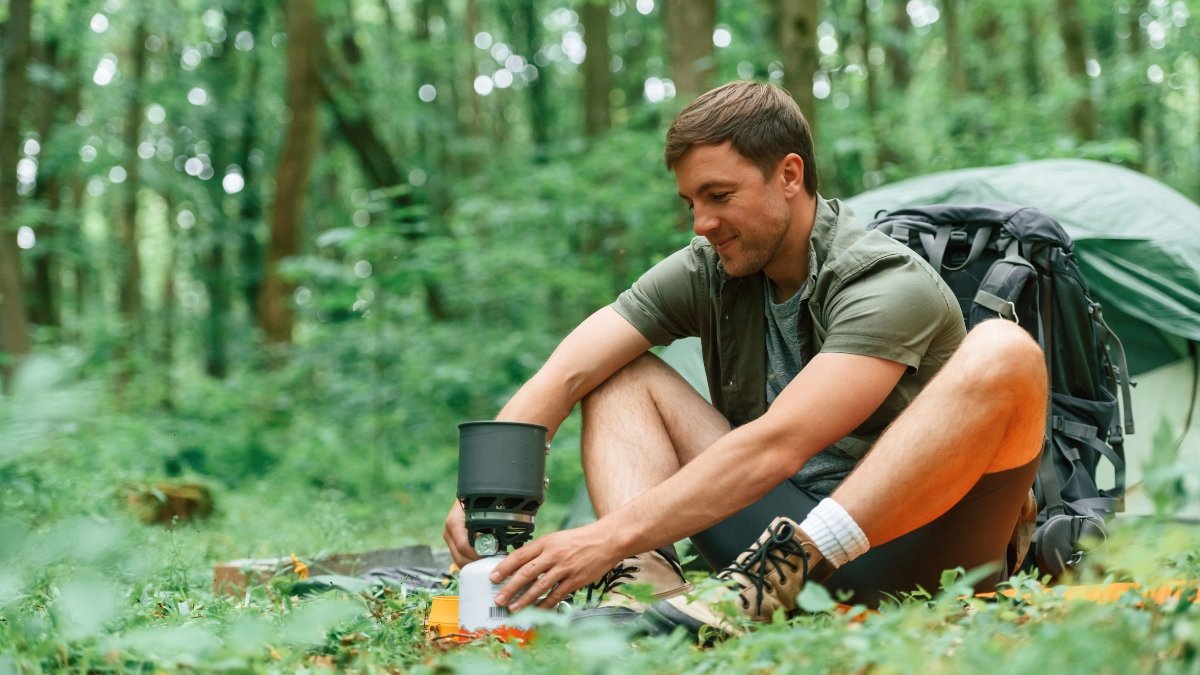A successful meadow can turn into compacted dirt in just ten nights with a tent on top of it and take decades to recover.
Wild camping is booming. The camping industry is projected to reach a global value of approximately $26 billion by 2030, with 7 million new camper households in the U.S. since 2014. More people are seeking that perfect escape into nature, away from crowded campgrounds and busy trails.
But the problem is that many well-meaning campers unknowingly cause lasting environmental damage. Impact occurs very quickly, but restoration is an incredibly slow process. That beautiful alpine lake or pristine forest meadow can suffer permanent scars from just a few nights of poor camping practices.
You don’t have to be part of the problem. In this guide, you’ll learn 11 specific, actionable techniques to wild camp responsibly using proven Leave No Trace principles. These aren’t complicated rules. They’re simple practices that protect the places you love while guaranteeing future generations can enjoy the same wild experiences.11 Ways to Leave No Trace While Wild Camping
11 Ways to Leave No Trace While Wild Camping
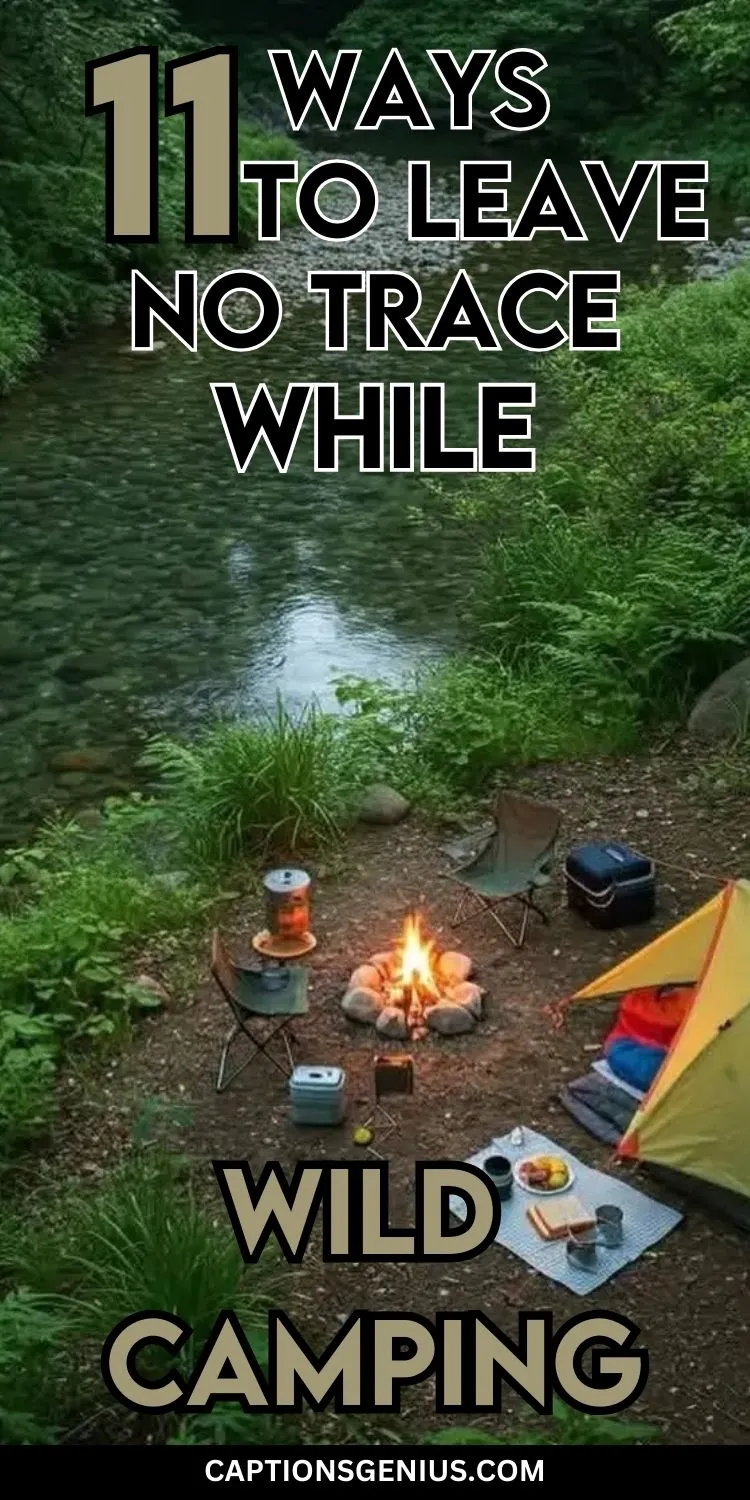
Plan Your Wild Camping Trip the Right Way
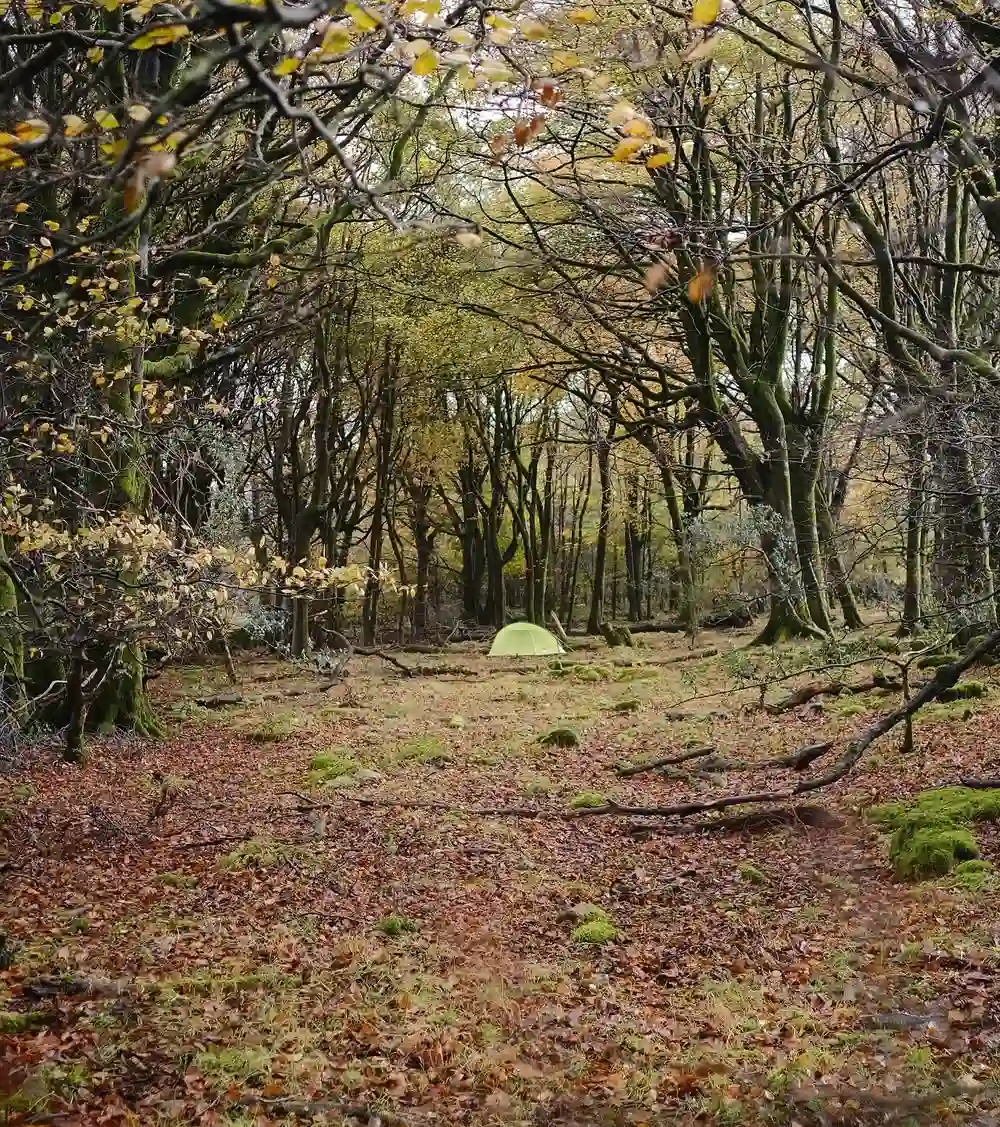
Good wild camping planning prevents 90% of Leave No Trace problems before you even pack your backpack.
Research Regulations and Permits First
Every wilderness area has different rules. Some require permits, others ban campfires during dry seasons. Be aware of the local regulations and any special concerns for the area you’ll be visiting. Check with local land management agencies or park websites at least a week before your trip, not the night before.
Weather Conditions and Seasonal Restrictions

Prepare for extreme weather, hazards, and emergencies. Heavy rain turns durable surfaces into fragile mud. Snow can hide established campsites. Plan around these conditions rather than fighting them.
Keep Your Group Small
Visit in small groups when possible. Consider splitting larger groups into smaller groups. Four to six people are ideal for wild camping. Larger groups create more impact, need bigger campsites, and struggle to find Leave No Trace spots.
Repackage Food to Reduce Waste
Repackage food to minimize waste. Remove excessive packaging at home. Use reusable containers. Plan exact portions to avoid leftover food that attracts wildlife.
Bring Proper Gear for the Conditions
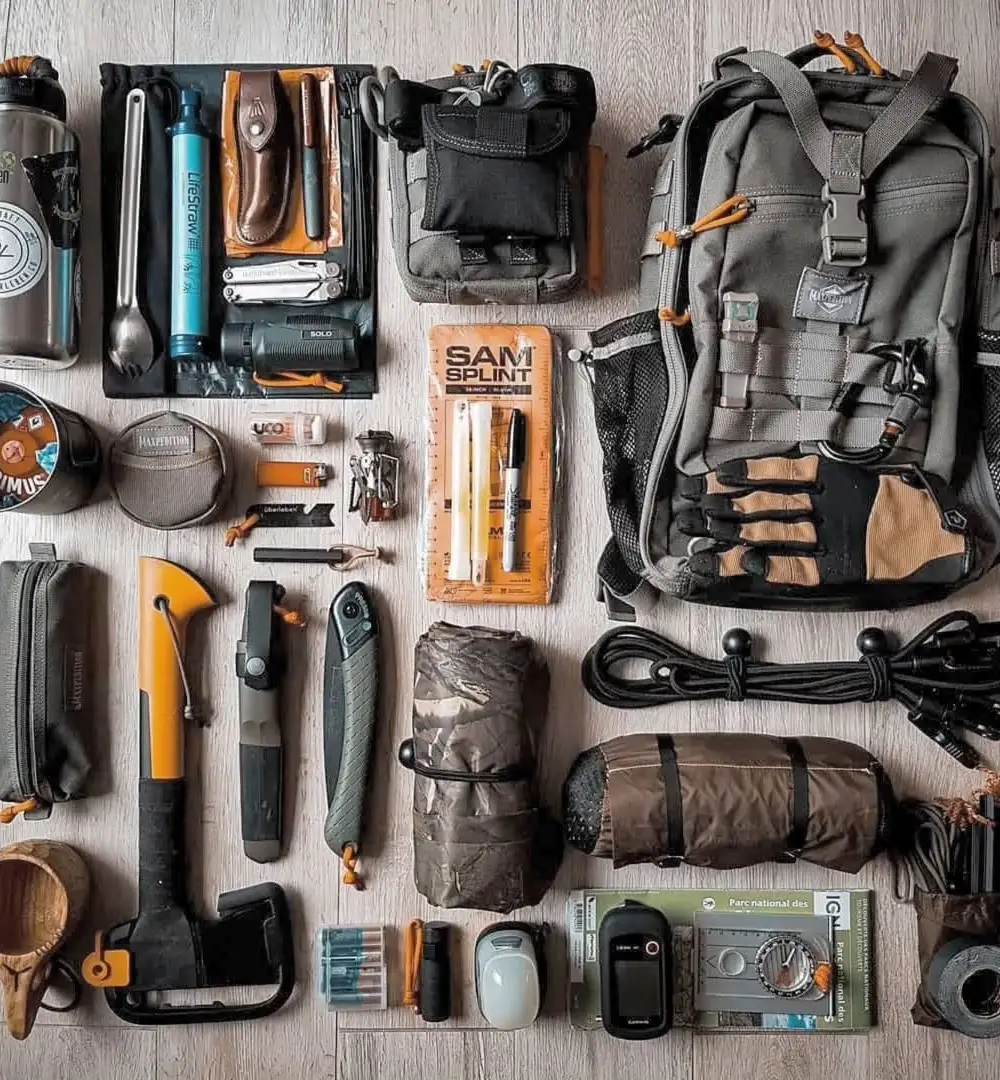
Allow enough time and energy at the end of the day to select an appropriate site. Fatigue, bad weather, and late departure times are unacceptable excuses for choosing poor or fragile campsites.
Remember: impact occurs very quickly, but restoration is an incredibly slow process. Your wild camping planning today determines whether that pristine spot stays beautiful for decades.
Choose Durable Surfaces for Your Campsite
Your tent’s impact starts the moment you stake it down. Smart campsite selection protects fragile ecosystems while giving you a better night’s sleep.
Look for rock, gravel, sand, or compacted soil
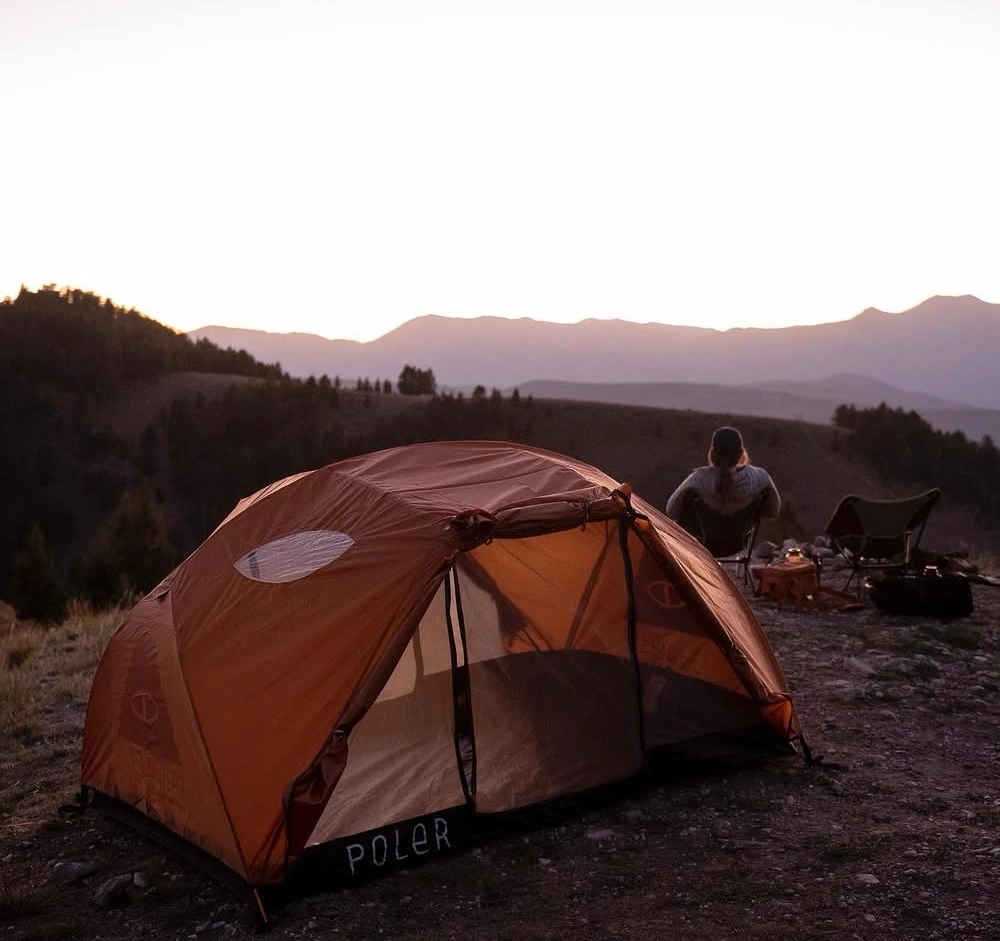
Durable surfaces include established trails and campsites, rock, gravel, sand, dry grasses, or snow. These surfaces handle foot traffic and tent pressure without permanent damage. Avoid soft meadows, wetlands, or areas with delicate vegetation.
Stay 200 feet away from water sources
Camping 200 feet (70 to 80 adult steps) away from the water’s edge is recommended because it allows access routes for wildlife. This distance also protects water quality and gives you privacy from other campers who might use the same water source.
Use existing impacted sites when available
For high-impact sites, tents, traffic routes, and kitchen areas should be concentrated on already impacted areas. The objective is to confine impact to places that already show use and bypass widening the area of disturbance. Don’t create new campsites when established ones exist.
Avoid camping on vegetation or fragile areas
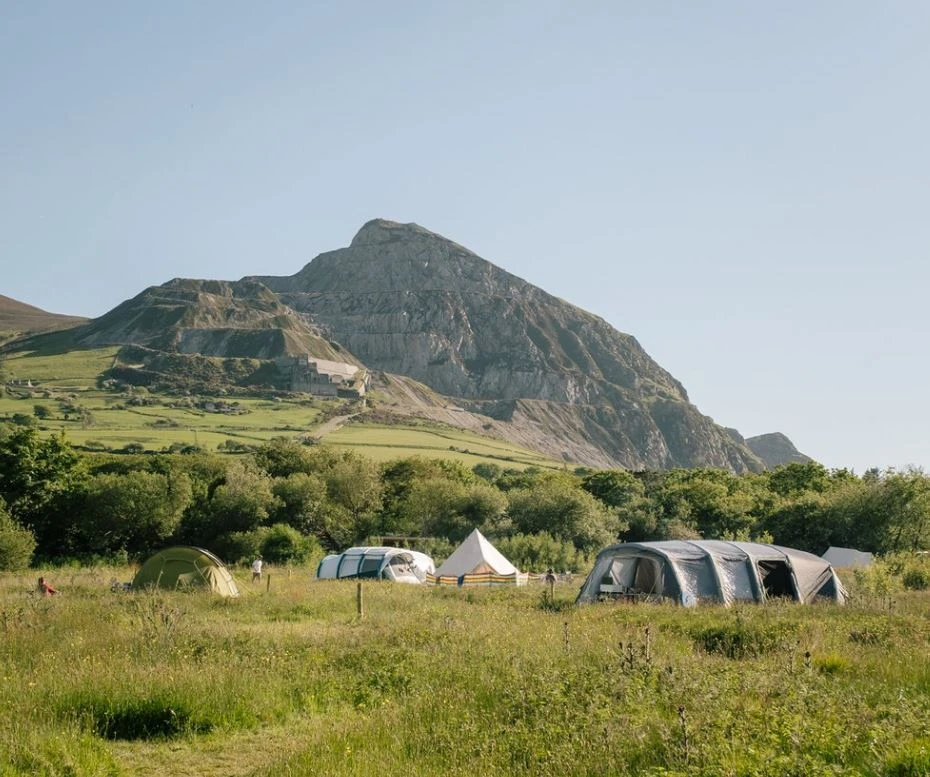
A booming meadow can transform into a compacted, exposed patch of dirt in as little as ten nights with a tent on top of it. Once damaged, these areas can take years to recover.
Move camp daily for extended stays
For an extended stay in the backcountry where dispersed camping is permitted, Leary recommends moving your campsite at least 25 to 50 yards every day to another durable surface to reduce the potential for long-term impacts.
Remember: good campsites are found, not made. Altering a site is not necessary.
Pack It In, Pack It Out – Every Single Thing
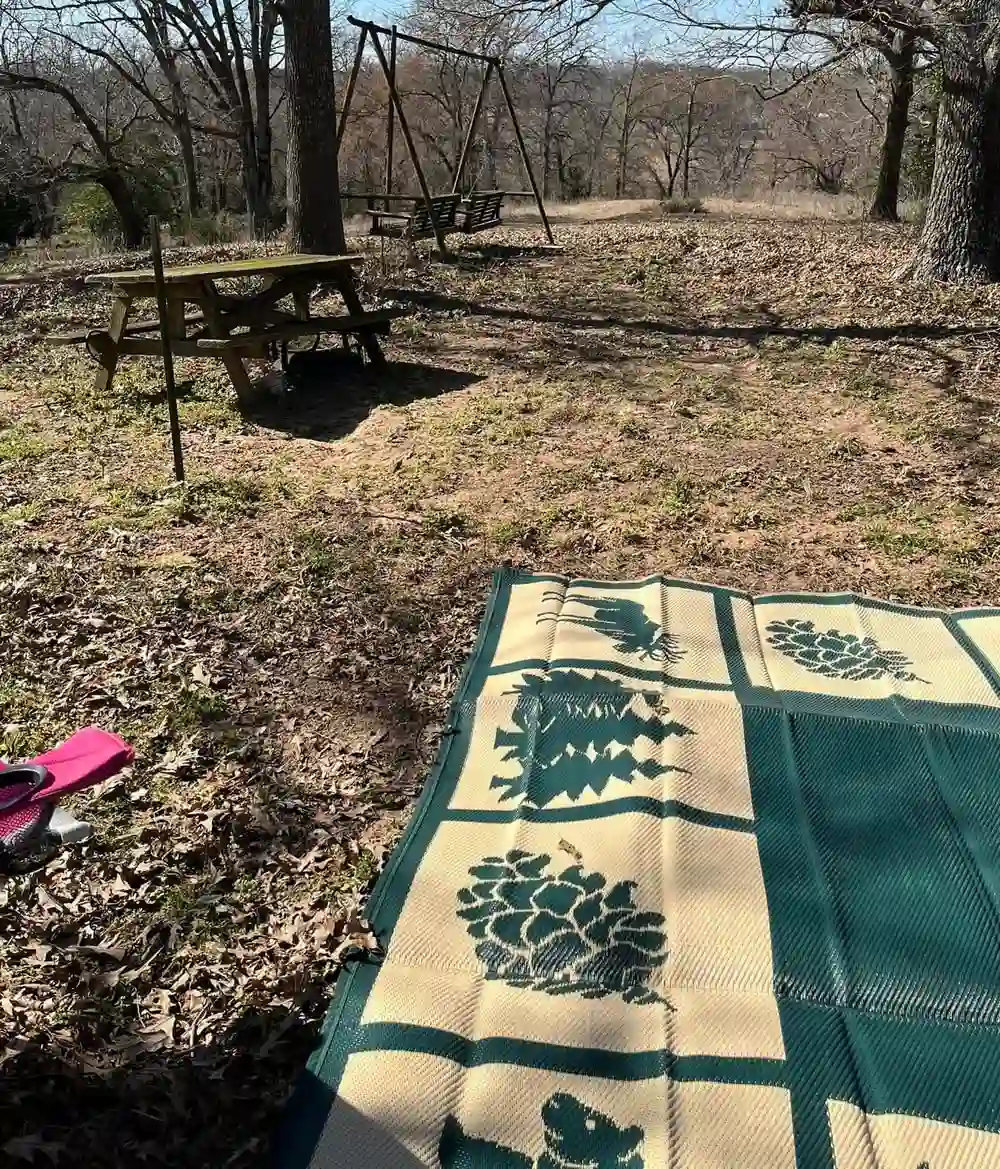
Pack it out. Every wrapper, every food scrap, every piece of trash needs to come home with you because even organic waste can attract animals and disrupt natural processes.
Inspect your campsite thoroughly before leaving
Inspect your campsite, food preparation areas, and rest areas for trash or spilled food. Pack out all trash, leftover food, and litter. Check around trees, under rocks, and in cooking areas. Micro-trash like bottle caps and food wrappers easily hide in grass.
Pack out all food scraps and leftover meals
That banana peel or apple core isn’t natural here if it doesn’t grow locally. Orange peels can take up to six months to decompose. Food scraps teach wildlife to associate campsites with easy meals, creating dangerous situations for future campers.
Don’t bury organic waste

Animals will dig it up. Buried food attracts bears, raccoons, and other wildlife to campsites. What seems like natural disposal creates long-term problems.
Use trash compactor bags to minimize pack space
Heavy-duty compactor bags compress your waste and prevent leaks. Double-bag anything smelly or greasy to avoid attracting animals to your pack.
Clean up other people’s litter when you find it
People create over 70 million tons of trash annually in national parks’ campsites alone. Leave every campsite cleaner than you found it. Future campers will thank you, and you’re protecting the places you love.
Your pack-it-out camping ethics set the standard for everyone who follows in your footsteps.
Master Proper Human Waste Disposal
Proper human waste disposal protects water sources and prevents disease while keeping wild spaces clean for everyone.
Use established toilets whenever possible
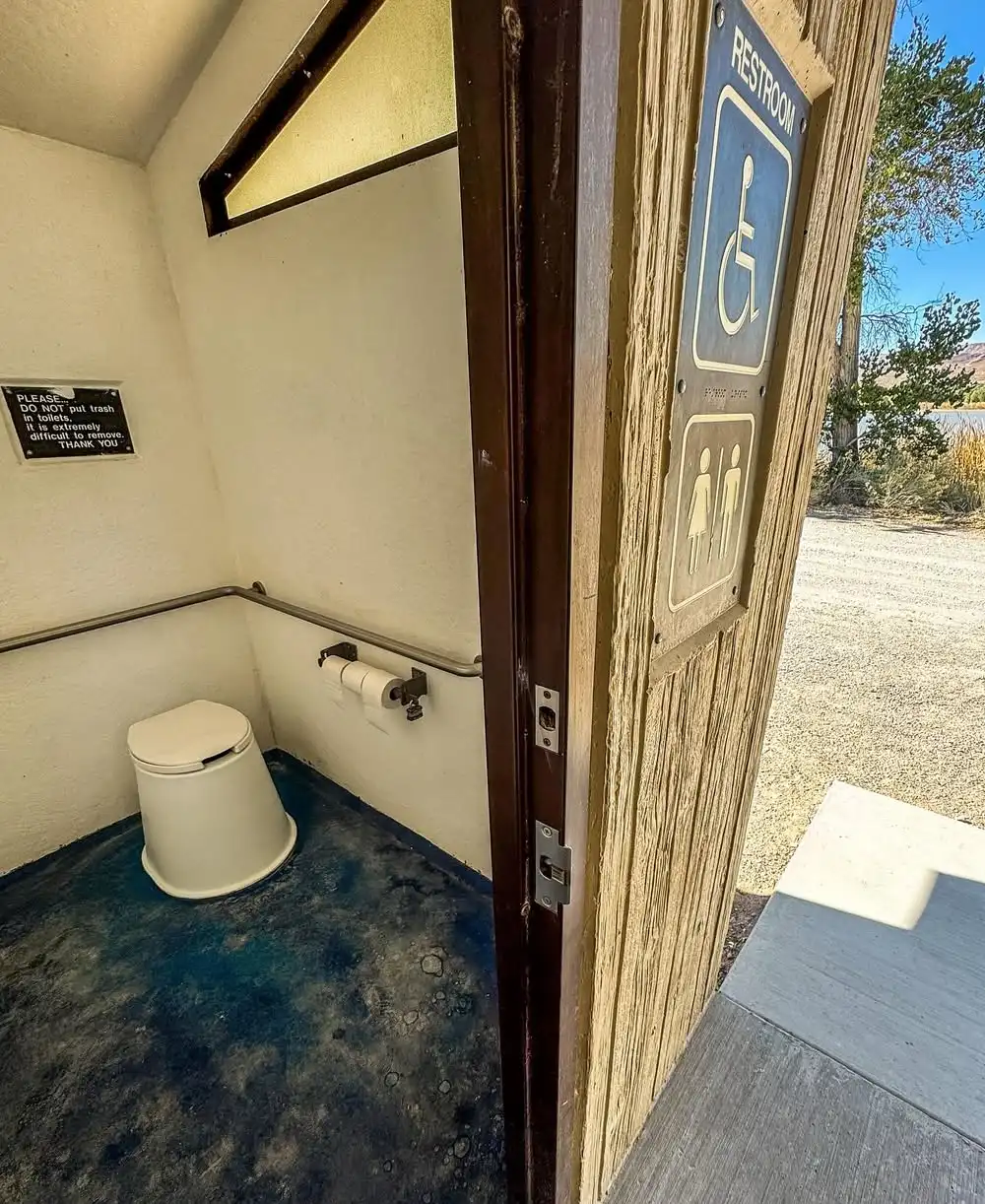
Utilize toilet facilities whenever possible. Many wilderness areas have composting toilets at trailheads or popular camping areas. Always choose these over catholes when available.
Dig catholes 6-8 inches deep, 200+ feet from water
Deposit solid human waste in catholes dug 6 to 8 inches deep, at least 200 feet from water, camp and trails. A cathole needs to be at least 15-20cm wide and 15-20cm deep, to avoid attracting flies and other animals and to guarantee the waste is deep in the humus area of the soil. This depth puts waste in the organic soil layer where bacteria break it down quickly.
Pack out all toilet paper and hygiene products

Pack out toilet paper and hygiene products. Toilet paper is made up of very short wood fibre in order to break down in our sewage system, but it doesn’t decompose quickly in wilderness conditions. Wet wipes, tampons, and pads never break down naturally.
Disguise and cover catholes properly
Cover and disguise the cathole when finished. Mix soil with a stick, replace natural materials on top, and make the area look undisturbed.
Consider terrain-specific challenges
In rocky areas, carry a small trowel. In snow, dig down to soil level. In desert environments, choose sandy washes away from water sources. Move well away from your camp site and at least 50m from any permanent bodies of water.
Good cathole digging skills protect watersheds that provide drinking water for wildlife and downstream communities.
Use Biodegradable Soap Correctly (or Skip It Entirely)
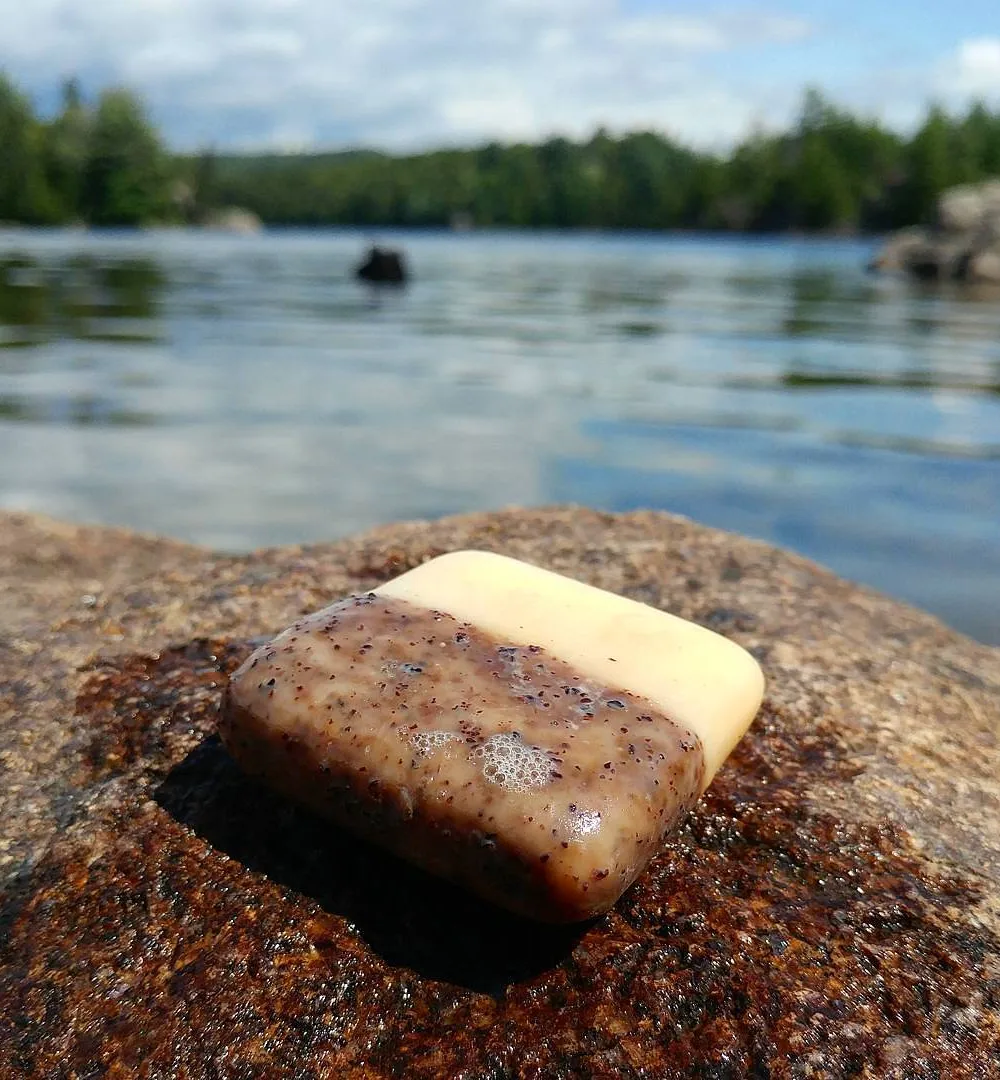
Here’s the truth about biodegradable soap that most campers don’t know: all soaps, unfortunately even biodegradable ones, can contaminate fresh water sources. According to the EPA, an ounce of biodegradable soap needs to be diluted in 20,000 ounces of water to be safe for fish.
Even biodegradable soap harms water sources
Using a biodegradable soap doesn’t reduce its immediate environmental impact. It just means that the soap will biodegrade in time. All soap, whether biodegradable or not, affects lake chemistry in a detrimental fashion.
It can also have a negative impact on fish and other aquatic organisms. Soaps contain surfactants that break water’s surface tension, reducing oxygen levels that aquatic life needs.
Always wash 200+ feet from water sources
To wash yourself or your dishes, carry water 200 feet away from streams or lakes and use small amounts of biodegradable soap. Carry water 200 feet away from streams or lakes or use a clean pot or other container to collect water, and take it to a wash site at least 200 feet away.
Dispose of greywater properly
Dig a hole 200 feet away from other water sources and pour your wastewater in it. Putting it in a hole lets the soil act as a filter, helps accelerate the biodegradable process, and protects wildlife. Scatter strained dishwater after filtering out food particles.
Consider soap-free alternatives
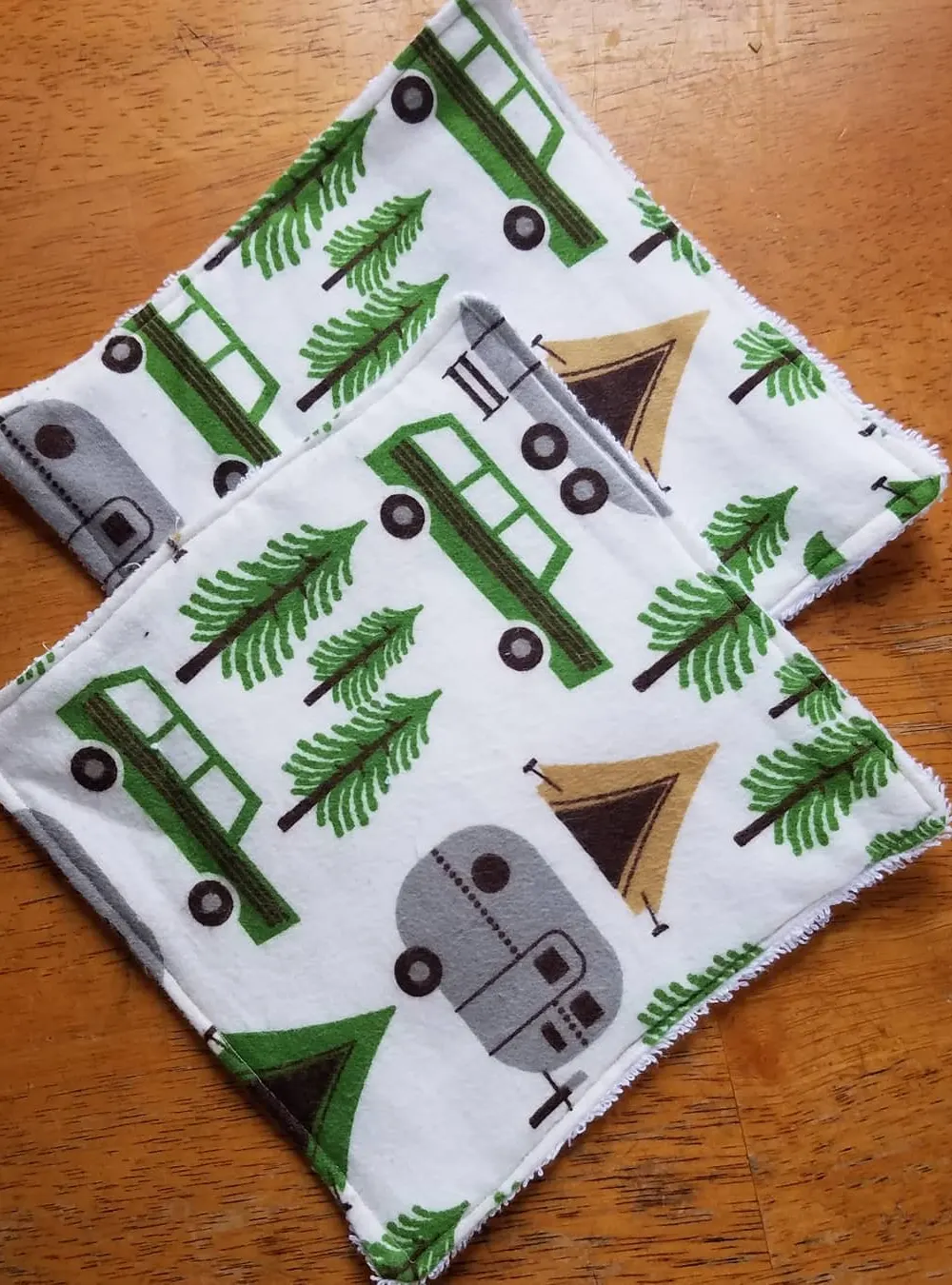
Washcloths work great. I prefer to keep chemicals out of the backcountry. Water is an excellent solvent that attaches to dirt and mud and washes it away. Soap only helps to suspend the dirt that water attaches to. For many cleaning tasks, hot water and scrubbing work just as well.
Choose phosphate-free, concentrated formulas when you do use soap.
Look for biodegradable soaps without phosphates, which cause algae blooms. Use sparingly; a few drops go far with concentrated formulas.
Your Leave No Trace washing practices protect the water sources that wildlife depend on for survival.
Build Responsible Campfires (or Use Alternatives)
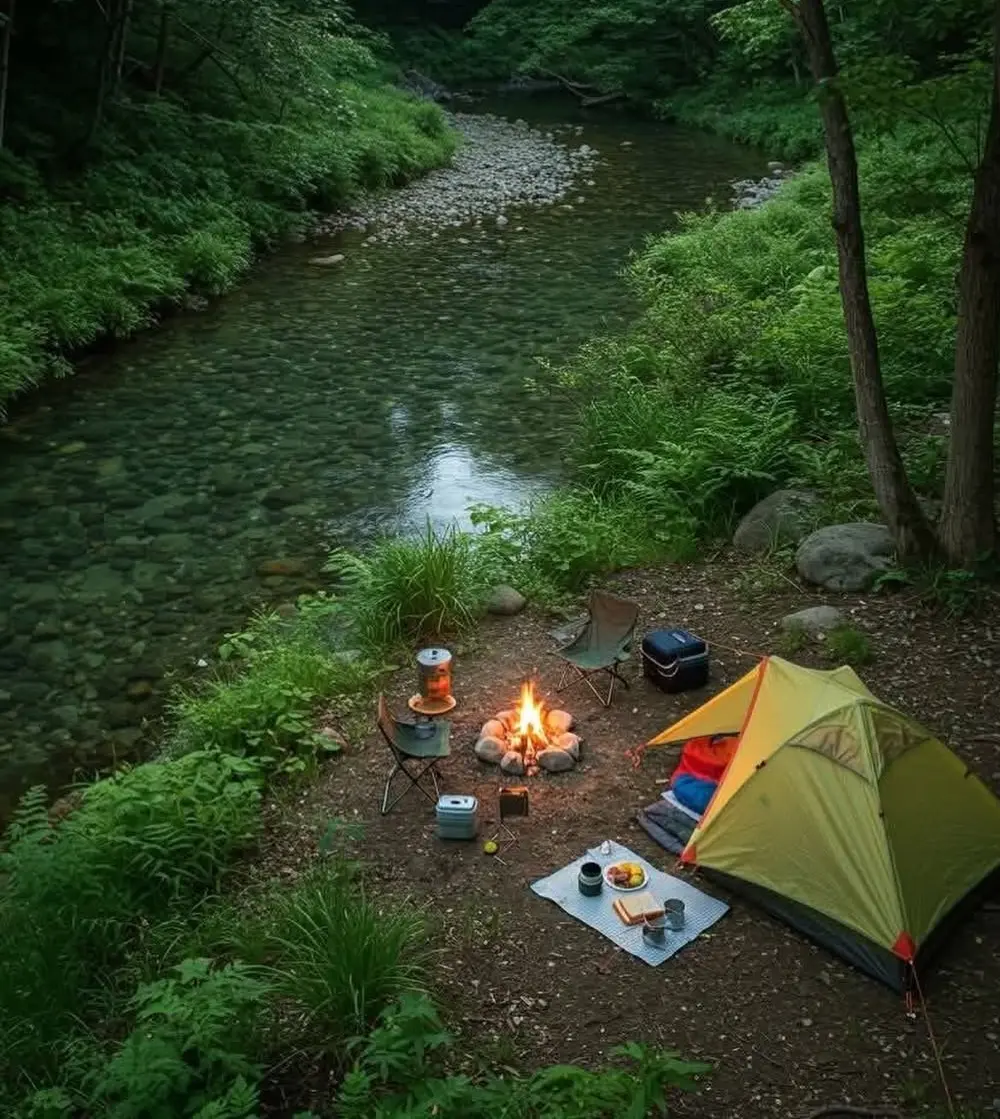
Campfires create some of camping’s best memories, but they also pose the biggest risk to wilderness areas. Build them right or skip them entirely.
Use existing fire rings when available
Don’t build new fire rings when established ones exist. Not only can this inconvenience your fellow travelers, it forces workers to rebuild these structures, which is more damaging to the environment than just leaving existing ones where they are. In pristine areas without fire rings, consider using a fire pan or portable camping stove instead.
Collect only dead, fallen wood
Some campsites with sustainable goals have stopped allowing the use of live tree branches for fire pits. Instead, they indicate where campers can find fallen branches and leaves for natural fire-starting kits.
A study of campsites in Minnesota’s Boundary Waters Canoe Area Wilderness found that half of all campsite trees had been damaged or cut down for firewood. Stick to wood you can break by hand; it burns better and doesn’t require tools that damage living trees.
Keep fires small and manageable
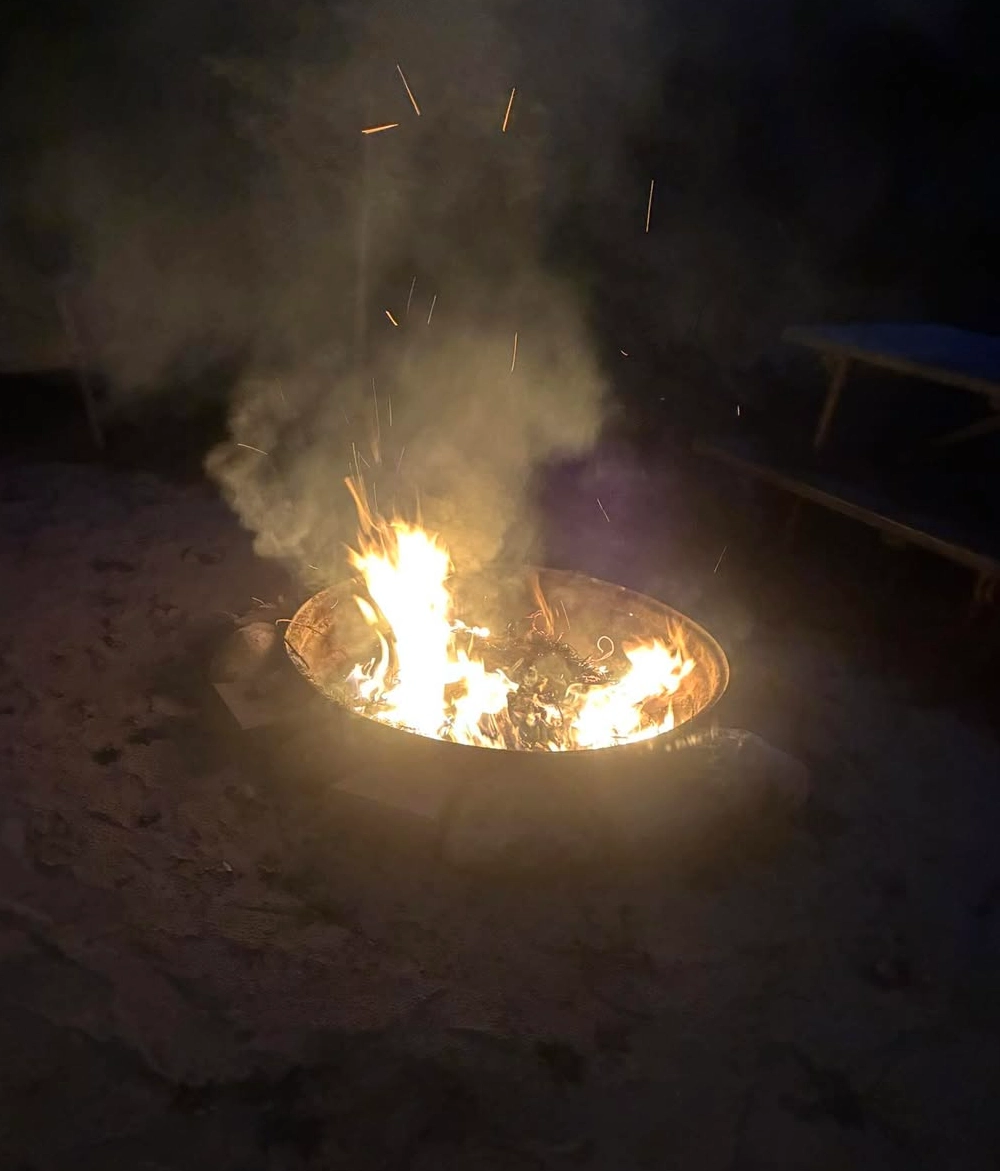
Small fires are easier to control, use less wood, and leave smaller scars. Build fires only as large as you need for cooking or warmth.
Burn wood completely to ash
Let fires burn down to white ash before you go to sleep or leave camp. Partially burned logs create unsightly fire scars and waste natural resources.
Scatter cold ashes and restore the area
Make sure that the ashes are completely cold, then scatter them away from camp. The easiest thing you can do to avoid doing damage to the environment is not to make a fire in areas where fires are forbidden. When in doubt, choose a lightweight camping stove for cooking; they’re more reliable anyway.
Responsible campfires mean future generations can enjoy the same wilderness experiences without fire restrictions.
Respect Wildlife and Their Habitat
Wildlife encounters are magical, but only when you keep them wild and safe for both you and the animals.
Store food in bear canisters or hang properly
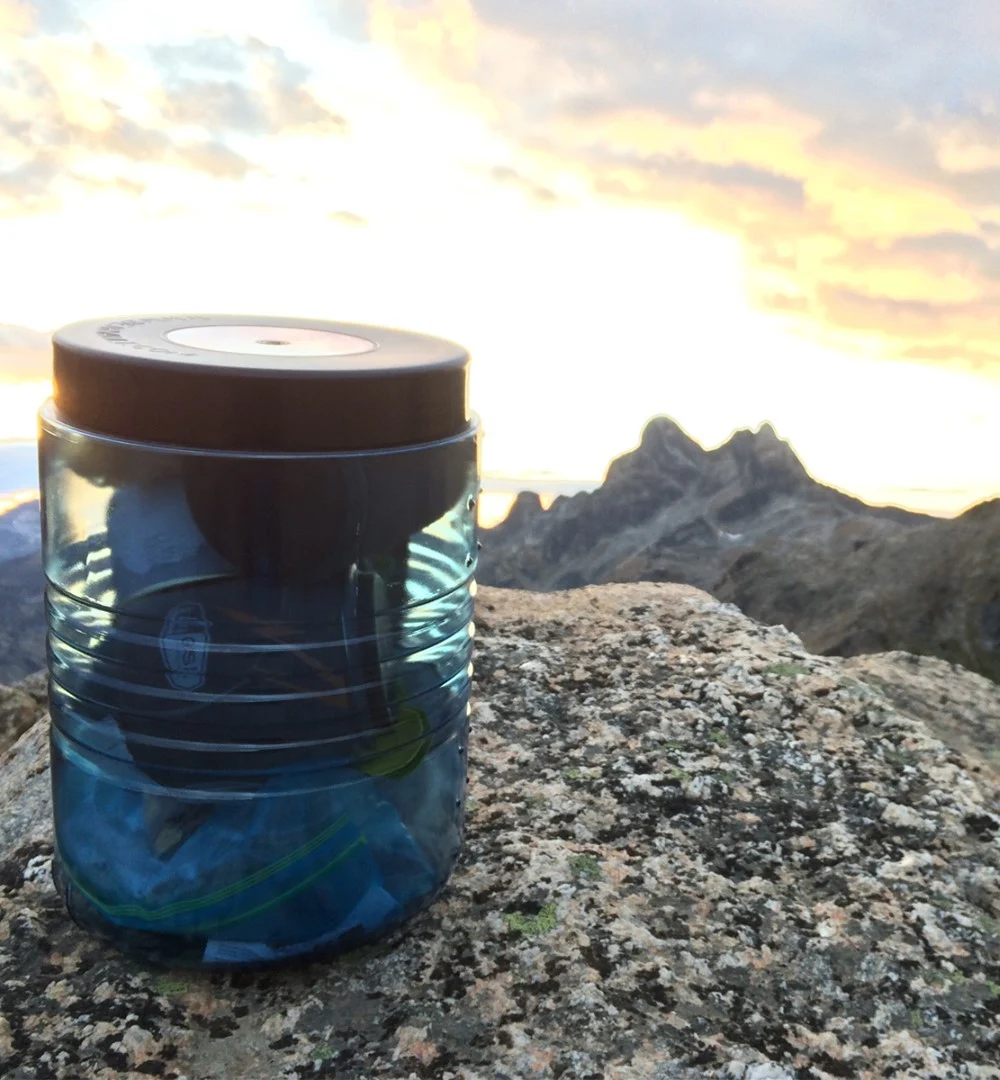
Protect wildlife and your food by storing rations and trash securely. Use approved bear canisters in bear country or hang food at least 12 feet high and 4 feet from tree trunks. Poor food storage teaches animals to associate humans with easy meals, which often leads to dangerous situations requiring wildlife removal.
Never feed wild animals
Never feed animals. Feeding wildlife damages their health, alters natural behaviors, and exposes them to predators and other dangers. That cute chipmunk begging for trail mix can become aggressive when fed by humans. Fed animals lose their natural foraging skills and may starve when human food sources disappear.
Observe from a distance using zoom lenses

Observe wildlife from a distance. Please do not follow or approach them. You are too close if an animal alters its normal activities. Use binoculars or a camera zoom instead of getting closer for that perfect shot.
Avoid wildlife during sensitive times
Avoid wildlife during sensitive times: mating, nesting, raising young, or winter. Animals need extra energy and privacy during these periods. Disturbance can cause nest abandonment or force animals to use precious energy reserves.
Keep pets controlled or leave them at home
Control pets at all times, or leave them at home. Even well-behaved dogs can chase wildlife, spread disease, or attract predators to your campsite.
Wild animals that stay wild stay alive. Your wildlife camping safety practices protect entire ecosystems.
Leave What You Find in Nature
Take only pictures, leave only footprints. Everything in nature has a purpose, even if you can’t see it.
Don’t collect rocks, plants, or natural objects
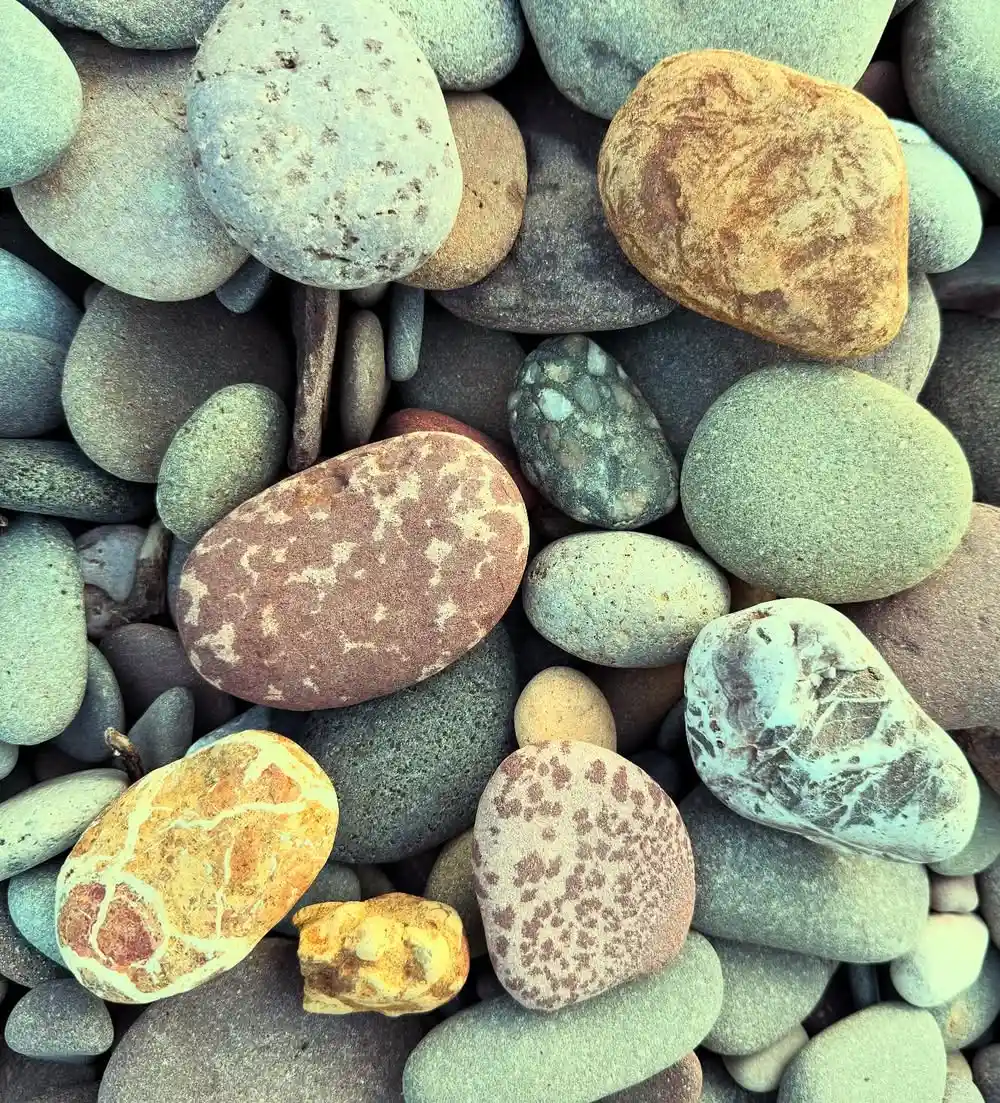
Leave rocks, plants, and other natural objects as you find them. That perfect skipping stone might be a crucial nesting site for insects. The pinecones are carrying seeds. The fallen logs are homes for insects. The plants are food for grazing animals. Just think, if everyone did that, we wouldn’t have these wild places to enjoy anymore
Preserve cultural and historic artifacts
Preserve the past: examine, photograph, but do not touch cultural or historic structures and artifacts. Native American artifacts, old mining equipment, and historic cabins tell important stories. Touching or moving them destroys archaeological context forever.
Avoid building structures or furniture
Do not build structures, furniture, or dig trenches. Rock cairns, stick furniture, and fire rings alter natural landscapes. Future visitors come to see nature, not your construction projects.
Don’t move rocks or alter landscapes
Stream diversions, rock walls, and “improved” campsites damage ecosystems and water flow patterns that took centuries to develop.
Take photos instead of souvenirs
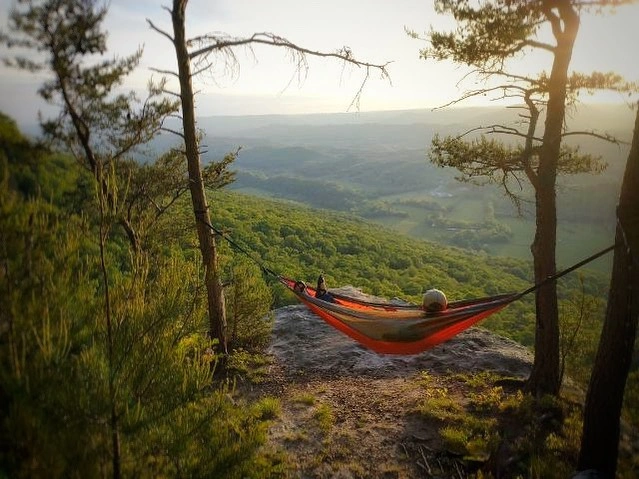
If you spot something interesting in the woods that you want to show others, it’s safest to just take a picture. Photos preserve memories without removing nature’s building blocks.
Your Leave No Trace collecting ethics ensure these special places stay wild for everyone.
Be Considerate of Other Campers
Wild camping means sharing nature’s living room. Good camping etiquette preserves the experience for everyone seeking solitude and peace.
Camp away from trails and other visitors
Take breaks and camp away from trails and other visitors. Nobody wants to stumble through your campsite on their morning hike. Set up at least 200 feet from popular trails and other campsites when possible.
Keep noise levels down and skip the loud music
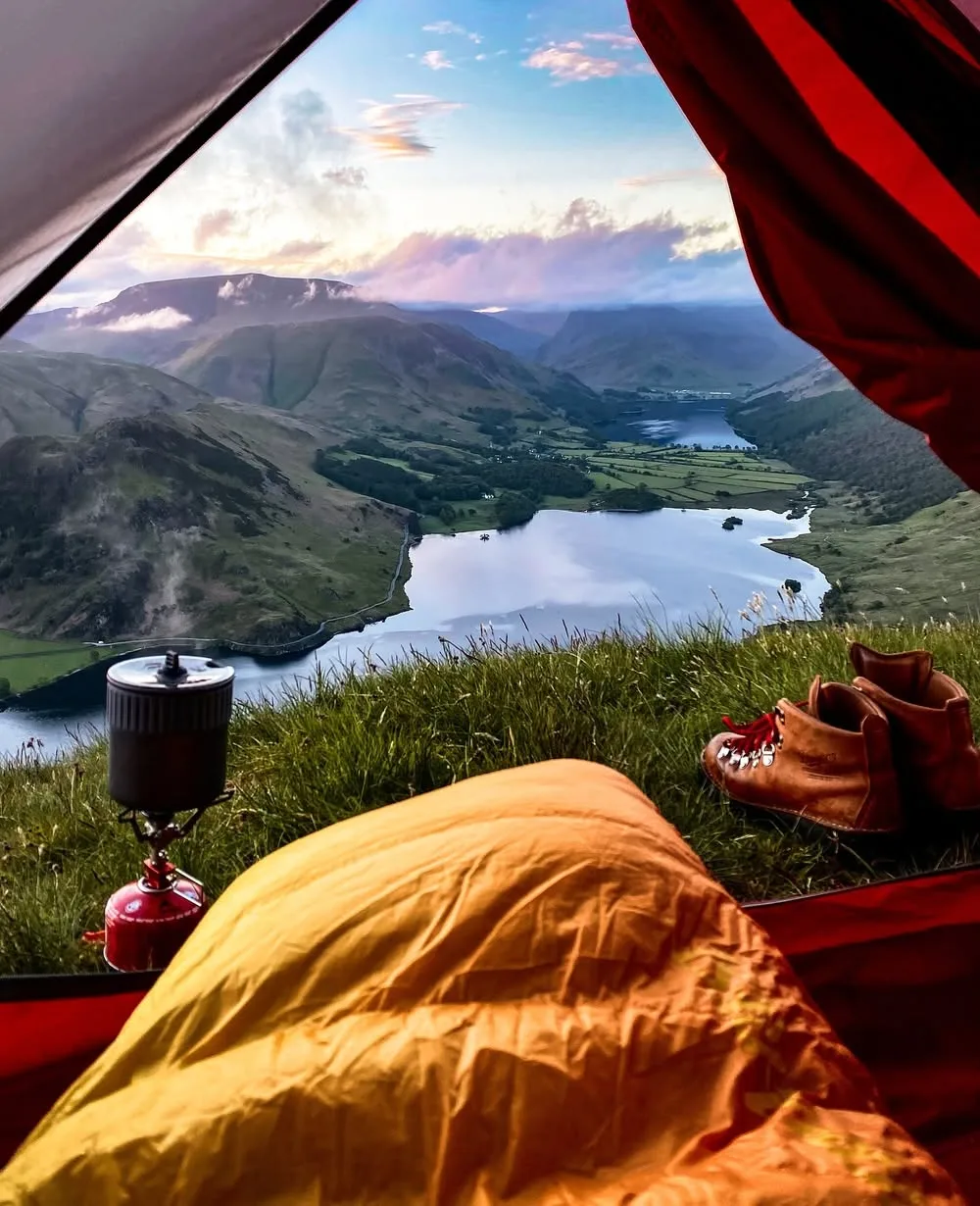
Let nature’s sounds prevail. Avoid loud voices and noises. Travel and camp quietly to avoid disturbing other visitors. That perfect sunrise moment gets ruined by someone’s Bluetooth speaker playing pop music. Save the playlist for the drive home.
Yield trail right-of-way appropriately
Be courteous. Yield to other users on the trail. Step to the downhill side of the trail when encountering pack stock. Uphill hikers have right-of-way, and horses always get the trail.
Camp in earth-tone colors that blend in
Guarantee that the colors of your clothing and gear blend smoothly with the environment. Bright orange tents might be great for safety, but they destroy the wilderness experience for other campers trying to escape civilization.
Respect other visitors and protect the quality of their experience. Your considerate camping helps everyone find the peace they came seeking.
Travel on Established Trails When Possible
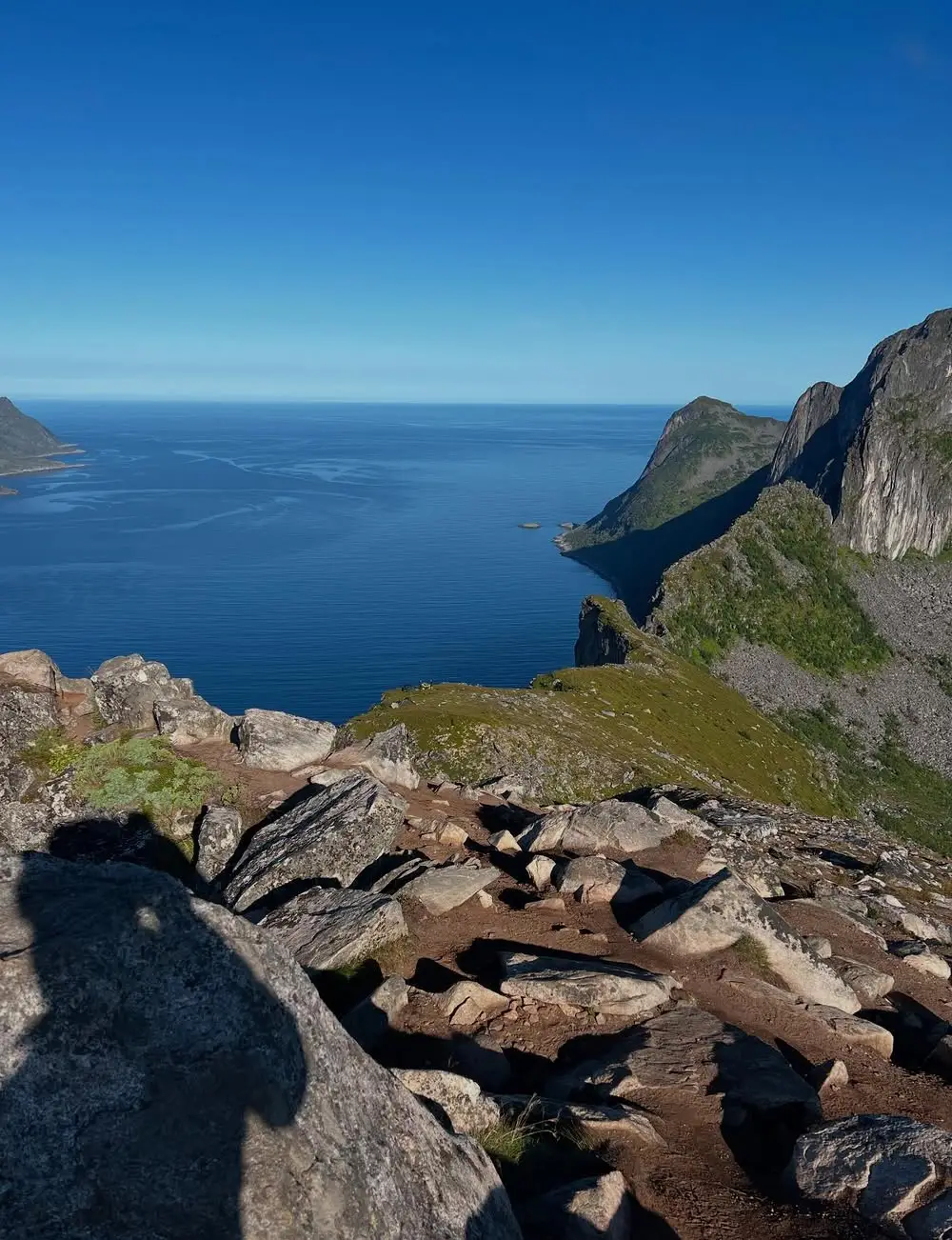
Trails exist for good reasons: they protect fragile areas while getting you safely to your destination. Use them wisely.
Stay on marked trails to prevent erosion
Land management agencies construct trails to provide identifiable routes concentrating foot and stock traffic. Constructed trails impact the land; however, they are a necessary response to the fact that people travel through natural areas. It is better to have one well-designed route than many poorly chosen paths.
Don’t shortcut switchbacks
Travelers should stay within the trail’s width and not shortcut trail switchbacks (trail zigzags that climb hillsides). Switchbacks prevent erosion on steep slopes. Shortcuts create gullies that channel water and destroy hillsides.
Walk single file on narrow trails
Walk single file in the middle of the trail, even when wet or muddy. Walking around mud puddles widens trails and damages vegetation alongside the path.
Step aside for breaks, don’t block trails

Travelers should provide space for other hikers or stock if taking breaks along the trail. Move completely off-trail for rest stops, snacks, and photo opportunities.
In pristine areas, spread out to avoid creating new trails
When hiking, take different paths to avoid creating new trails that cause erosion. In areas without established trails, fan out to prevent creating social trails that scar the landscape.
Responsible trail use keeps wilderness accessible while protecting the ecosystems that trails pass through.
Know When to Break Camp and Move On
Knowing when to move prevents your temporary home from becoming a permanent scar on the landscape.
Move camp daily in pristine areas
For an extended stay in the backcountry where dispersed camping is permitted, Leary recommends moving your campsite at least 25 to 50 yards every day to another durable surface to reduce the potential for long-term impacts.
When camping, disperse tents and cooking activities and move camp daily to avoid creating permanent-looking campsites.
Don’t stay longer than 1-2 nights in one spot
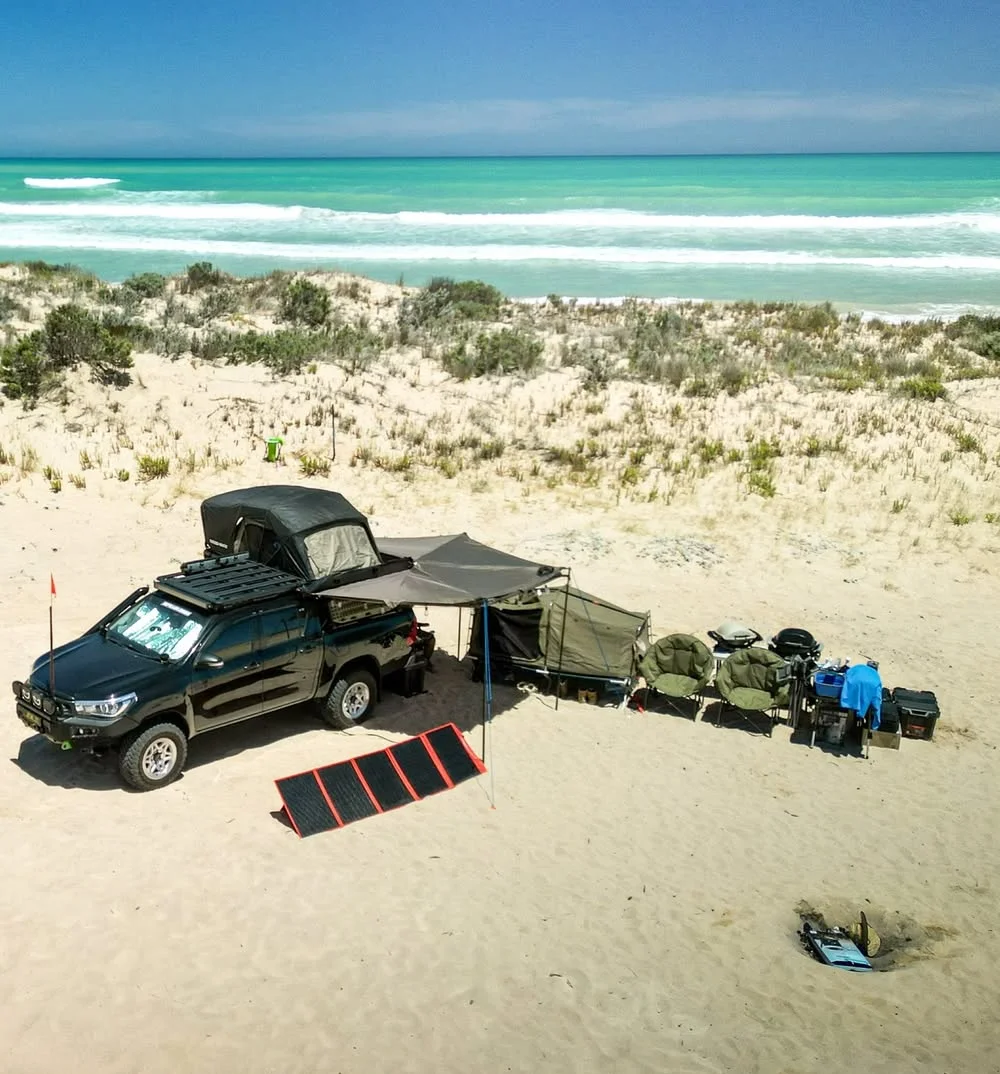
Extended stays in the same location create compacted soil, worn paths, and kitchen areas that take years to recover. Even durable surfaces show impact after multiple nights of use.
Restore your campsite before leaving
When leaving camp, ensure it is clean and appealing for other campers who follow. Fluff up compressed vegetation, scatter pine needles or leaves, and remove any signs of your stay.
Scatter natural materials to disguise use
Replace the rocks you moved for the tent stakes. Spread out fire-ring rocks if you created a temporary ring. Make the area look like nobody ever camped there.
Leave the area better than you found it
Pick up micro-trash others left behind. Your breaking camp ethics ensure that “good” campsites don’t become overused and damaged.
Moving camp protects pristine areas while spreading your impact across durable surfaces that can handle it.
Conclusion: Your Role in Protecting Wild Places
These 11 practices protect fragile ecosystems while preserving wild camping access for future generations. From proper planning to knowing when to move on, each technique prevents the kind of damage that forces land managers to restrict camping access.
Start practicing these techniques on your next camping trip. Test your cathole digging skills, practice the 200-foot rule for water sources, and experiment with soap-free washing methods. Share Leave No Trace principles with fellow campers you meet on the trail; many people want to do the right thing but simply don’t know how.
Responsible wild camping using Leave No Trace principles isn’t about following rigid rules. It’s about becoming the kind of camper who leaves places better than they found them. When you master these 11 techniques, you join a community of outdoor enthusiasts who understand that protecting wild places means we all get to enjoy them forever.

